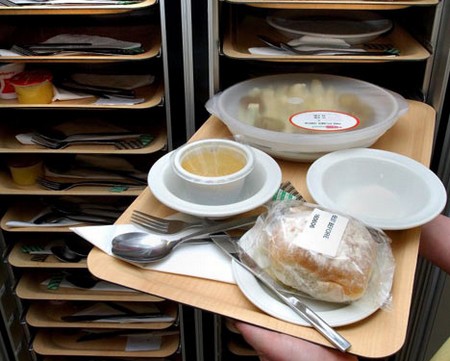Few of us have the time or dedication to shop daily for groceries. That means we need plenty of safe and hygienic storage space for food.
Canned foods
Canned foods have been treated at high temperatures to become long-lasting. Cans should be kept in a cool, dark and well-ventilated cupboard. Once opened, the contents should be transferred to a container with a lid and stored in the refrigerator for no more than 48 hours.
Bottled food
Bottled food is either heat-treated, like pasta sauces and pureed baby food, or uses preservatives (including natural ones like vinegar and sugar).
Dried food
Unopened, and kept in a cool, dry cupboard, dried foods – like uncooked rice, pasta, and cereals – have a storage life of one to two years. Once opened, they need to be kept in airtight packaging, sealed with clips. Some dried foods should be eaten within four weeks, for full freshness and flavour, such as breakfast cereals. Others, like pasta, have a very long shelf life.
Vacuum-packed
Vacuum-packed means that all the air is sucked from the packaging. This stops food inside it from deteriorating and ‘locks in’ flavour more effectively than standard packaging. Storage times (and where they are best stored) vary. Vacuum-packed hot dogs, for instance, need refrigeration while prunes do not. Once a package that requires refrigeration is opened, treat its contents as fresh food and store as such.
Semi-perishable fresh produce
Semi-perishable fresh produce such as bread, potatoes, and some fruit and vegetables can be stored for a limited time in cool, dry conditions. Storage requirements vary. It is generally easy to see when these foods have passed their best.
Perishable foods
Perishable foods, such as dairy, meat, salads, and eggs, should be stored in a refrigerator a 5°C (40°F) or less. Some fruit and vegetables can also benefit from storage in a refrigerator.
Frozen foods
Frozen foods, or fresh foods you choose to freeze yourself, should be stored in a freezer at -18°C (0°F) or less. Over time, some frozen foods may lose taste and texture. Always read the storage ‘best before’ date and storage directions on all your food products, but if you find that your products aren’t freezing properly then you should also inspect your fridge to see if you need a sub zero fridge repair so you can have your goods frozen at all times.



